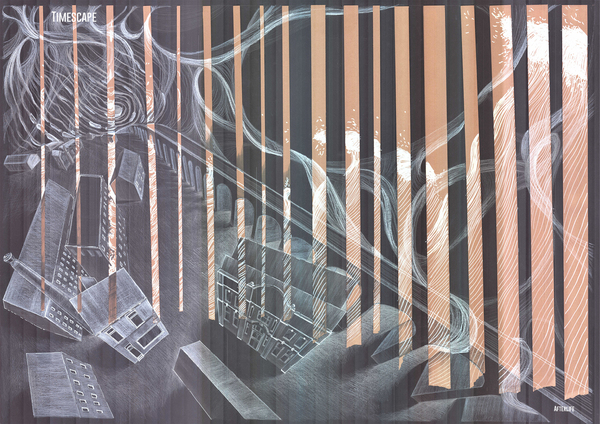Afterlife: Architecture beyond growth and decay
Recent events directly related to climate change and the biodiversity crisis have proved that the architectural design strategies we currently employ are not feasible anymore. Not only do they actively contribute to greenhouse gas emissions and fail to ensure adaptability under the current climate disaster, but they also show no consideration to the non-human actors with whom we share the environment.
In order to address this issue, my project analyses and challenges the boundary between architecture and nature, exploring the capacity of the latter to create highly resilient and adaptable structures. This investigation translates into a cladding system that becomes a living organism as time passes by. Consequently, the outer shell of the building is able to adapt itself to the changing climate and maintain a certain comfort level inside the building, blending the lines between humans and nature. The cladding which gradually becomes a living organism transforms the building into an art installation, a live case study of a timber cladding structure that simultaneously decays and grows.
The visitors’ journey starts in the art gallery, where the visual impact of the climate change exhibition plays an important role in inspiring people to take action and adjust their behaviour in order to reduce their impact on the environment. The journey then leads them inside the library, a space full of helpful resources for those who want to learn how to fight against the climate and biodiversity disasters.


